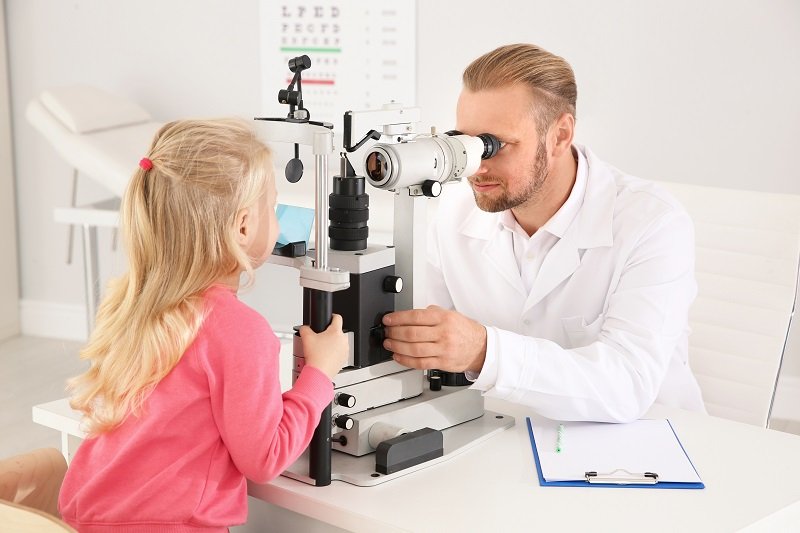Choosing to ignore the discomfort in your eyes, or the consistent headaches you’ve slowly grown accustomed to, may seem like a convenient option. But, have you ever considered what hidden issues these minor discomforts might be indicating? Could they be symptomatic of a deeper problem affecting your eye health? Or, could it be an early sign of another health condition such as diabetes or hypertension, which can manifest as eye problems? This is where the importance of regular optometrist checkups for both children and adults comes into play.
Our eyes are one of the most crucial and complex sensory organs, offering us the precious gift of vision. Yet, we often neglect their care and undervalue the importance of routine eye checks. It’s not uncommon to find adults who haven’t visited an optometrist in years, and parents who’ve never considered an eye check for their little ones. In this post, we’ll delve into the importance of routine optometrist appointments and why they play a vital role in maintaining eye and overall health for all ages.
The Fundamentals of an Optometrist’s Appointment
Understanding Eye Exam
An eye exam is more than just a vision test. It’s a comprehensive evaluation of your eye health, often involving a variety of tests to assess everything from your visual acuity to your eyes’ physical condition. An optometrist checks for refractive errors (nearsightedness, farsightedness, astigmatism), but also looks for signs of other health conditions, such as glaucoma, cataracts or diabetes-related eye issues.
Why Regular Checkups Matter?
Timely diagnosis of eye-related conditions can save vision. Regular checkups can identify problems at their early stages, when they’re easiest to treat. Waiting to see an optometrist until you experience symptoms can sometimes mean that the disease has progressed to a severe level.
How Often Should You Visit?
Normally, adults should see their optometrist every two years. However, this can vary, depending on your age, health condition, and risk factors. Children should have their first eye exam around six months of age, another exam at age three, and then regular exams every year or two after starting school.
The Rewards and Drawbacks of Routine Eye Checkups
Advantages
Routine eye exams come with a wealth of benefits, including early detection of diseases, choosing the right eyewear (if needed), and even enhancing children’s academic performance by addressing vision issues.
Disadvantages
In contrast, there are few, if any, major disadvantages to eye exams. Some people may find them time-consuming or costly, but the long-term benefits significantly outweigh these minor hindrances.
The Role of a Balanced Diet
Dietary choices can have a significant impact on eye health. A diet rich in fruits, vegetables, and lean proteins can help maintain good vision and prevent eye disease.
Conclusion – Prioritize Your Eye Health
To sum up, regular optometrist checkups are more than a healthcare routine – they’re a pillar of well-being for both children and adults. They can catch vision problems at early stages, identify systemic health issues, and facilitate health-oriented lifestyle changes. Therefore, it’s essential to embrace their importance and incorporate them into our regular health care practices. The potential inconvenience or cost is a small price to pay for the numerous benefits and valuable peace of mind these checkups offer.










Find Us on Socials